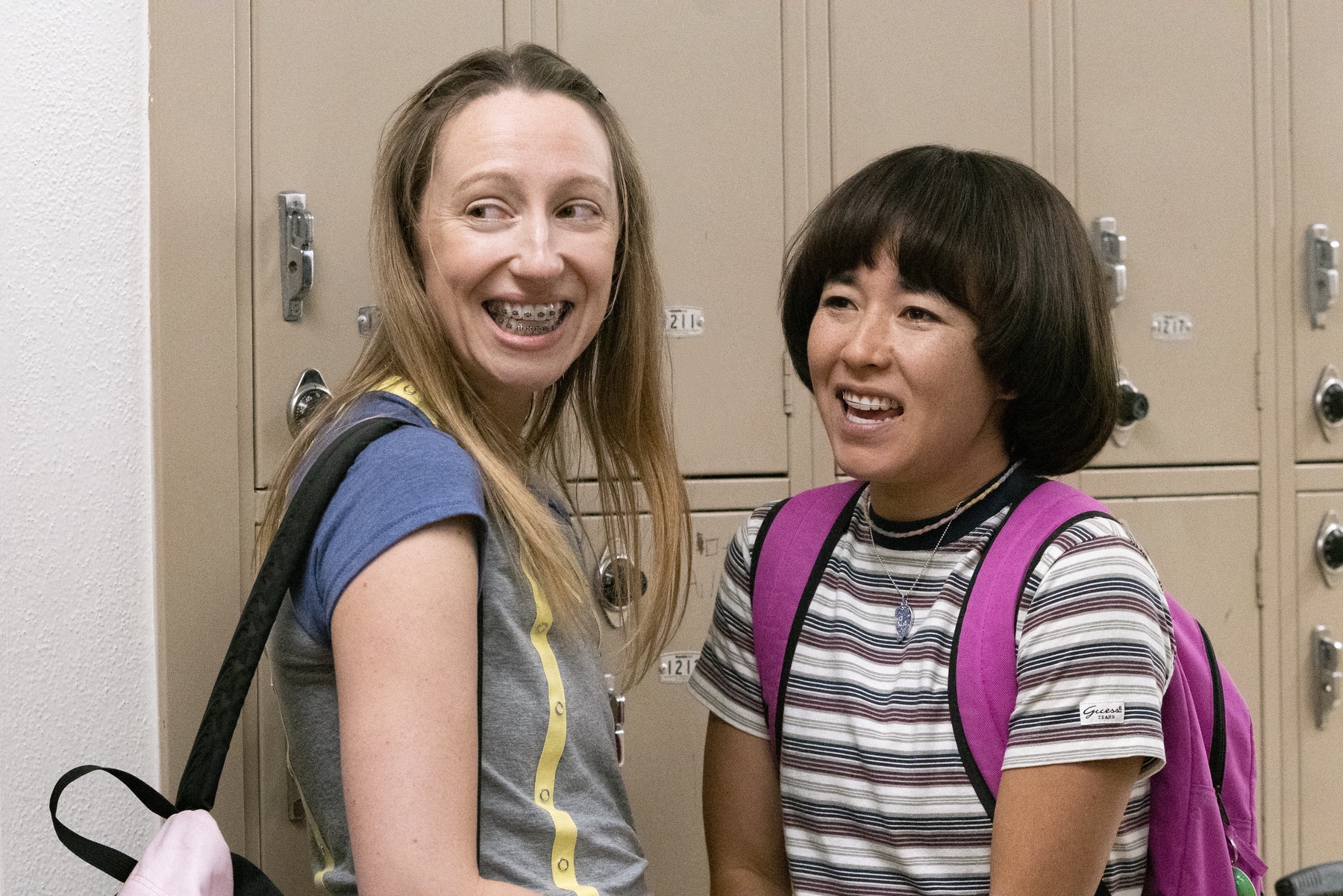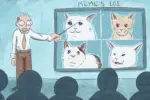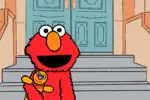In “PEN15,” Maya Erskine and Anna Konkle boldly go where no two 34-year-old women have ever gone before: back to middle school. Set in 2000, Erskine and Konkle play the 13-year-old versions of themselves in this cheekily named comedy that gained rave reviews but, as they parade around in painfully antiquated early aughts looks, many Gen Zers may not feel that the show is for them. However, the pain of middle school is more uniting than most assume, and it’s definitely worth tuning in to see for yourself before the show’s latest installment drops on Aug. 27.
While some remain convinced that there is a generational war raging between millennials and Gen Z, the reality is that both share a terrible and unifying enemy: the pain of an adolescence with new technology to amplify each excruciating moment. In this regard, the generations overlap in many areas. For millennials, the sudden emergence of the internet — especially relatively anonymous sites like AIM — left kids struggling to find a place both in real life and online, while the revolution of new media like MTV and gossip rags exposed kids to new terminology and insecurities at an astounding rate.
Gen Z would experience a similarly vicious cycle mere years later, with the popularization of iPhones and anonymous chat apps like Kik as well as the invention of streaming, making media even more accessible and anxiety-inducing than it ever was for millennials. Before even touching on the content of the show, these commonalities make a compelling case for why “PEN15” may be more relevant to a young audience than viewers might expect.
As for the actual content of “PEN15,” most of the cast lands squarely in the middle of Gen Z. While Erskine and Konkle elect to play fictionalized versions of themselves at 13, the rest of the cast is populated with actors who are actually in their early teens. While the younger cast members have assumed the roles of middle school brats from 2000, there is a shared language of pubescent pain that allows an incredible suspension of disbelief, even as viewers see tangible proof of the generational mismatch.
This kind of generational mixing almost requires that younger viewers insert themselves into the story right alongside Erskine and Konkle, since it would be equally ludicrous to picture people so close to their age wearing polos unironically as it is to see Erskine and Konkle towering over them.
There’s also the element of proximity to the material. For millennials, it’s likely that many, especially older ones, are mostly past dwelling on the horrors of puberty and middle school; for Gen Z, however, the struggle is either still remarkably fresh or even ongoing, as evidenced by the show’s cast. While the outfits may have changed, school music performances, dances and even the social stigma of the roller-backpack seem to have achieved a kind of immortal state.
Along with the familiar brutality of middle school hallways, Gen Z viewers will also recognize the friendship between Erskine and Konkle. The two play their respective characters so convincingly that they manage to hit almost every tumultuous and dramatic note of early teen friendship. They are often equally childish and over-mature, and totally underprepared to assume the responsibilities of adult friendship, even as each realizes this more mature dynamic’s importance.
The issues that the “girls” face are just as serious as they are juvenile; one plotline might have Konkle’s character Anna tearfully dealing with her parents’ imploding relationship while the next sees her struggling with the concept of kissing. This swirl of new problems — ones that come with growing up — should be familiar territory to Gen Z, especially those who are in newly transitional periods themselves, like graduating high school or college.
Once viewers make it past the admittedly large hurdle of Konkle and Erskine’s portrayal of young teens, the show also has much to offer in the way of humor. Cringe comedy is a genre that has been (over) explored by men, but it’s still rare to see two women execute it, especially when the audience is set up to empathize with them. Women’s cringe comedy often relies on harmful stereotypes or overly sexual jokes, but Erskine and Konkle embrace the classic and harmless components of the genre. Even as the pair’s characters discover elements of their romantic and sexual identities, the gags aren’t at anyone’s expense, except maybe the show itself.
Because romantic and/or “sexual” scenes are simply part of the reality of being 13, the team behind “PEN15” has decided to work around the issue of tween actors by subbing in hilariously obvious grown doubles. The more mature subject matter is also exactly why Konkle and Erskine felt that they needed to play their 13-year-old characters. In an early promotional interview, Erskine said to the LA Times, “I think the idea of having us play these teenagers, as opposed to having real kids go through the traumatic experiences that we had, made it easier to laugh about because there is distance for the viewer to put themselves in those shoes.”
These kinds of thoughtful flourishes are what make “PEN15” so rewarding to watch. It’s almost healing to see the effort Erskine and Konkle put into acknowledging the difficult reality of middle school, especially as it is a period that really does leave a large imprint on the lives of young people. With the newest episode, titled “Jacuzzi,” set to premiere on Hulu, now is the time to catch up on the show’s previous seasons. Happy binging and cringing!

















Doodle Baseball is a fun and engaging game that captures the excitement of baseball in a simple and accessible format.
New game solitaire bliss you should try once.
The article on “PEN15” and its impact on Gen Z is spot on! The show’s unique blend of nostalgia and relatable themes resonates deeply. For those looking to capture and share moments from the show, the HEIC to PDF converter is a great tool to turn your Apple images into shareable documents.
Slide down snowy slopes, dodge slope rider challenging obstacles, and gather rewards as you strive for the longest and most exhilarating ride possible.